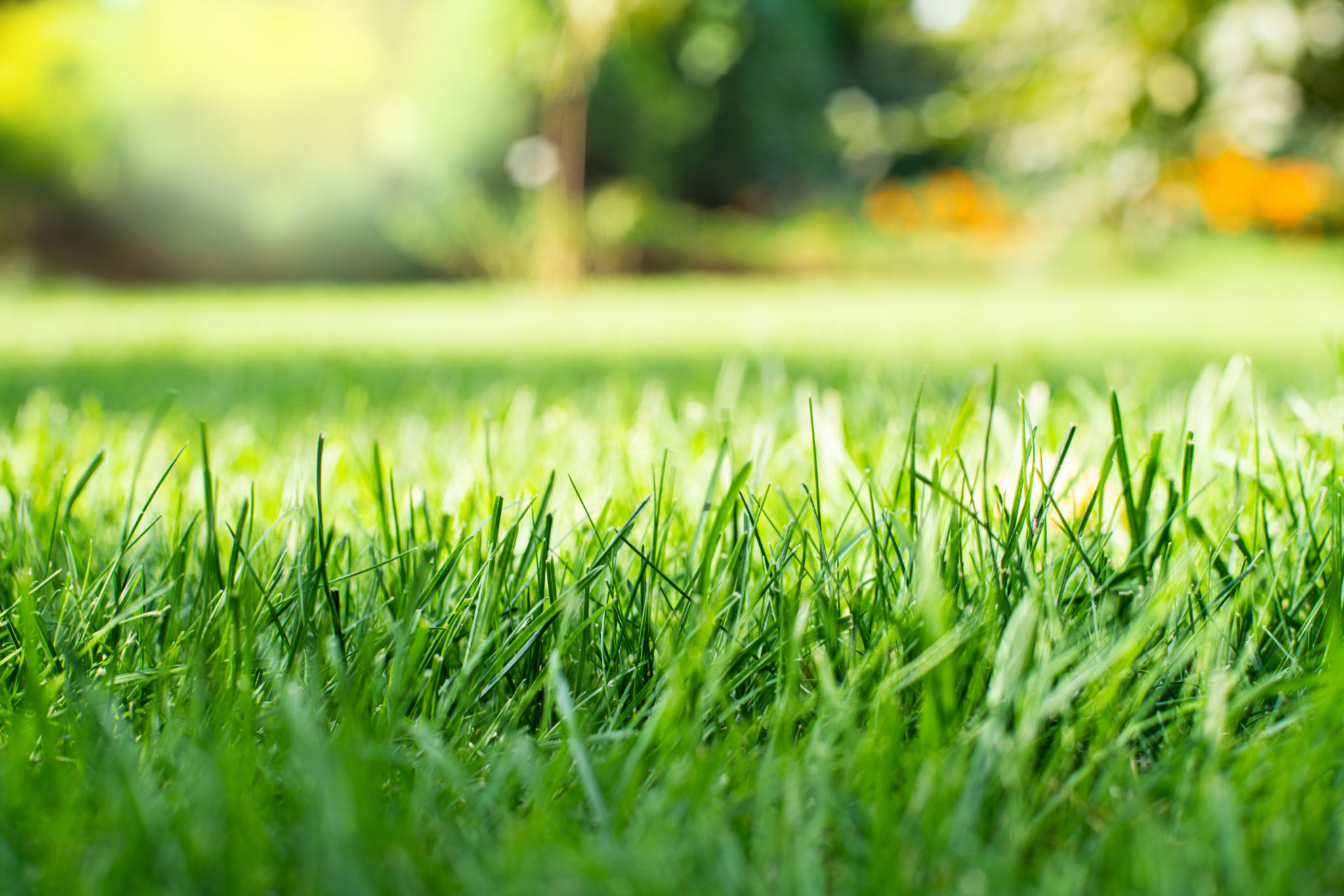DIY Lawn Maintenance: Professional Tips for a Healthy Garden
Understanding Your Lawn's Needs
Maintaining a healthy garden starts with understanding the specific needs of your lawn. Different grass types have distinct requirements in terms of sunlight, water, and nutrients. Identifying your grass type is crucial to tailoring your maintenance routine effectively. Whether you have cool-season or warm-season grass, knowing its growth habits will guide your care strategy.

Proper Mowing Techniques
Mowing the lawn might seem straightforward, but doing it correctly can significantly impact the health and appearance of your garden. Always keep your mower blades sharp to ensure clean cuts. This prevents the grass from tearing, which can lead to disease. Follow the one-third rule: never cut more than one-third of the grass height in one mowing. This helps maintain the grass's root strength and vigor.
Watering Wisely
Watering is another critical aspect of lawn care. Overwatering can be just as harmful as underwatering. Aim to water deeply but infrequently, which encourages deep root growth. The best time to water is early morning or late afternoon to minimize evaporation. Pay attention to rainfall and adjust your watering schedule accordingly to avoid water wastage.

Fertilization and Soil Health
Fertilization provides essential nutrients that your lawn needs to thrive. Conduct a soil test to understand the nutrient composition and pH level of your soil. Apply fertilizer based on these results, typically during the active growing season of your grass type. Opt for slow-release fertilizers to ensure a steady supply of nutrients over time.
Weed and Pest Control
Weeds and pests can wreak havoc on a healthy lawn if not managed properly. Implement an integrated pest management (IPM) approach that combines cultural, physical, and chemical methods. Regularly inspect your lawn for signs of pest activity and remove weeds promptly to prevent them from spreading. Organic options like neem oil and diatomaceous earth can be effective against pests without harming beneficial insects.

Aeration and Dethatching
Aeration is crucial for reducing soil compaction and enhancing root growth by improving air and water penetration. Consider aerating your lawn at least once a year, especially if the soil is heavy clay. Dethatching, on the other hand, removes the layer of dead grass and organic matter that can suffocate your lawn. Both processes are best conducted during the growing season for maximum benefit.
Seasonal Lawn Care Tips
Adapting your lawn care routine to the changing seasons is essential for year-round health. In spring, focus on cleaning up debris and applying pre-emergent weed control. Summer requires consistent mowing and monitoring for heat stress, while fall is ideal for fertilization and overseeding. Winter prep involves clearing fallen leaves and ensuring your lawn is ready to endure colder temperatures.
By following these professional tips, you can maintain a lush, healthy garden that enhances your home's curb appeal. Remember, patience and consistency are key in achieving the perfect lawn.
